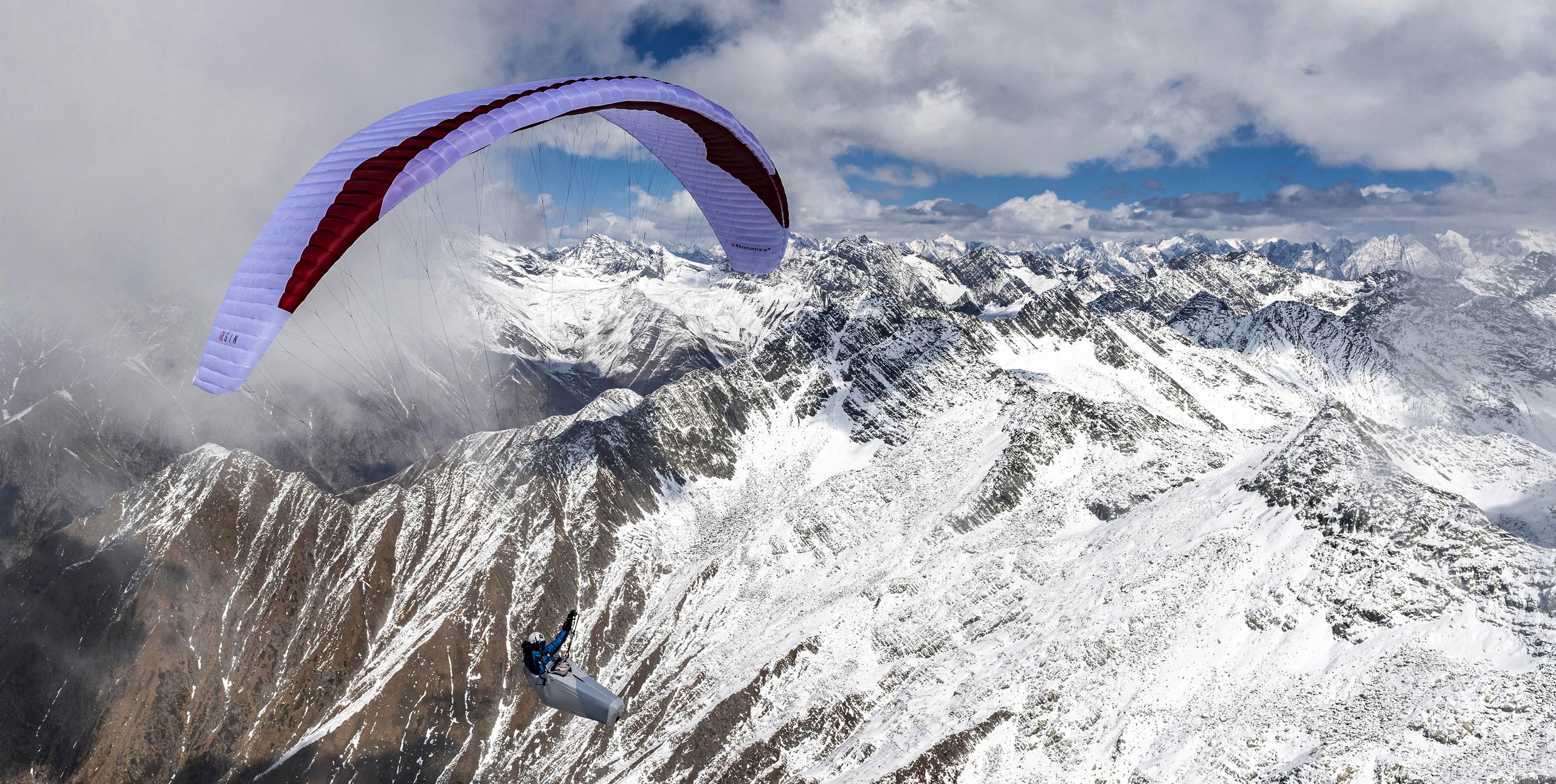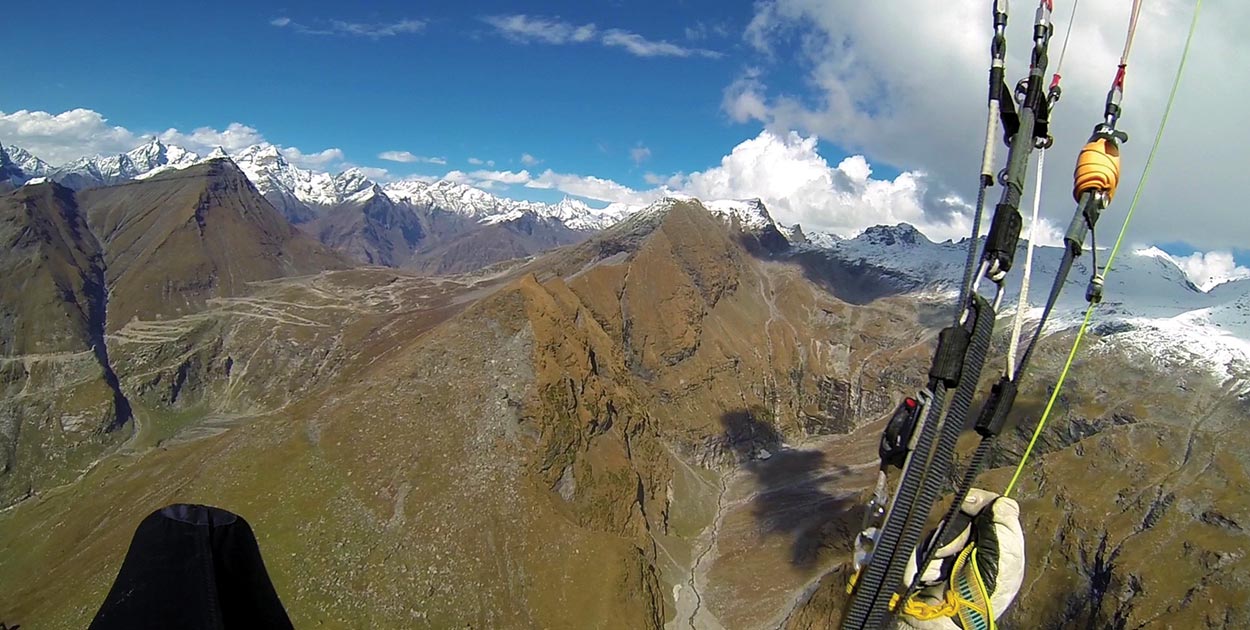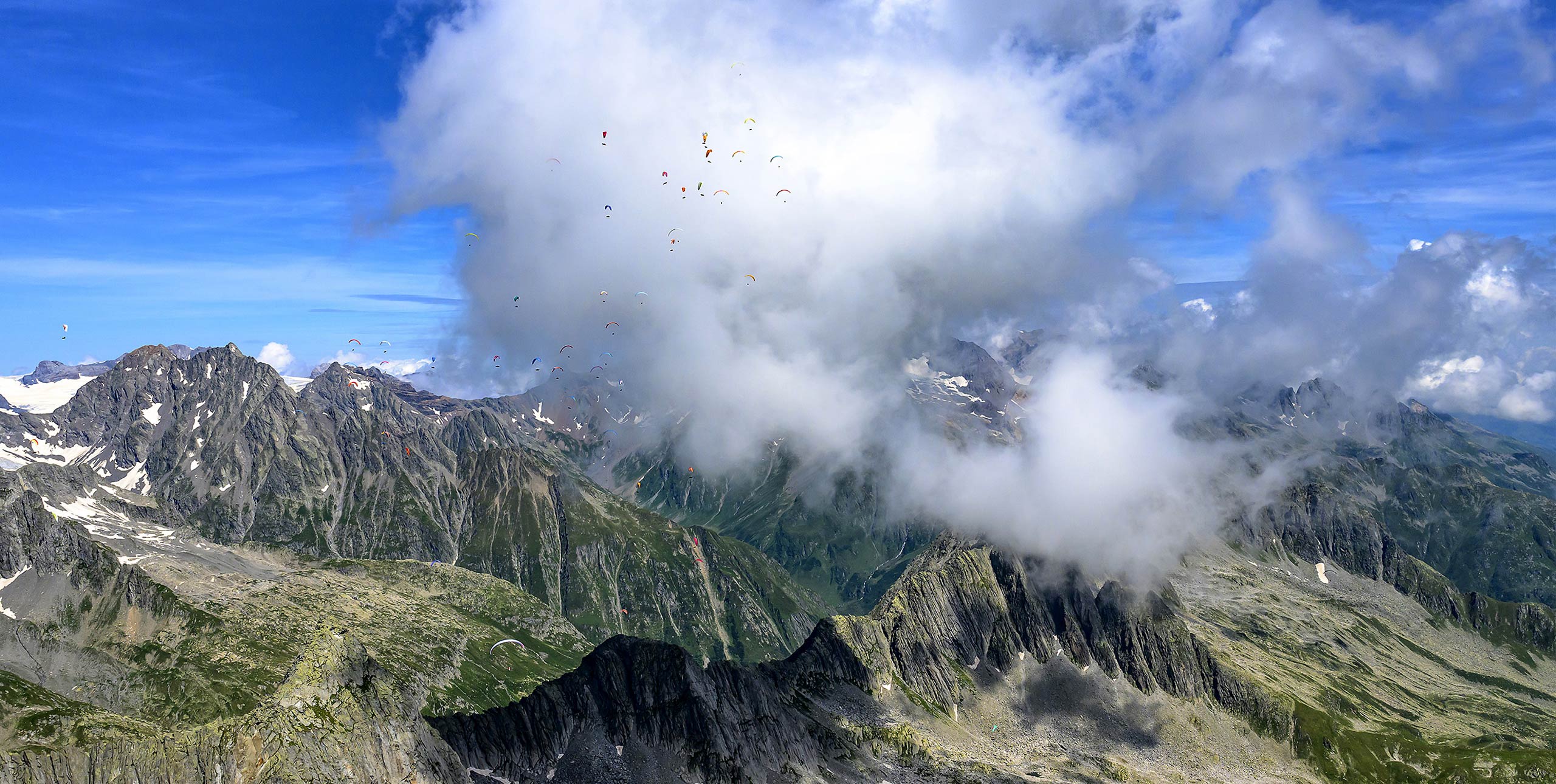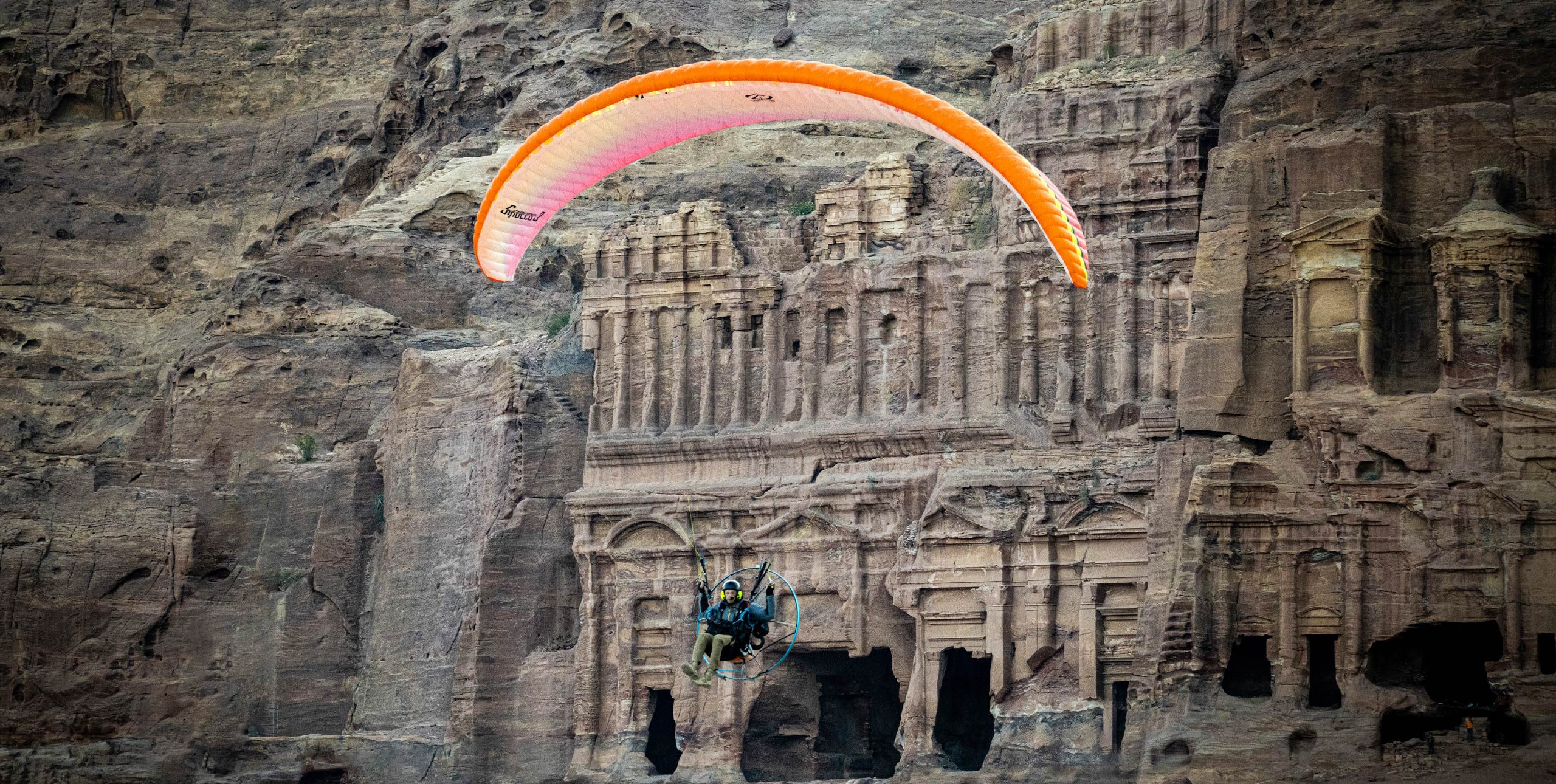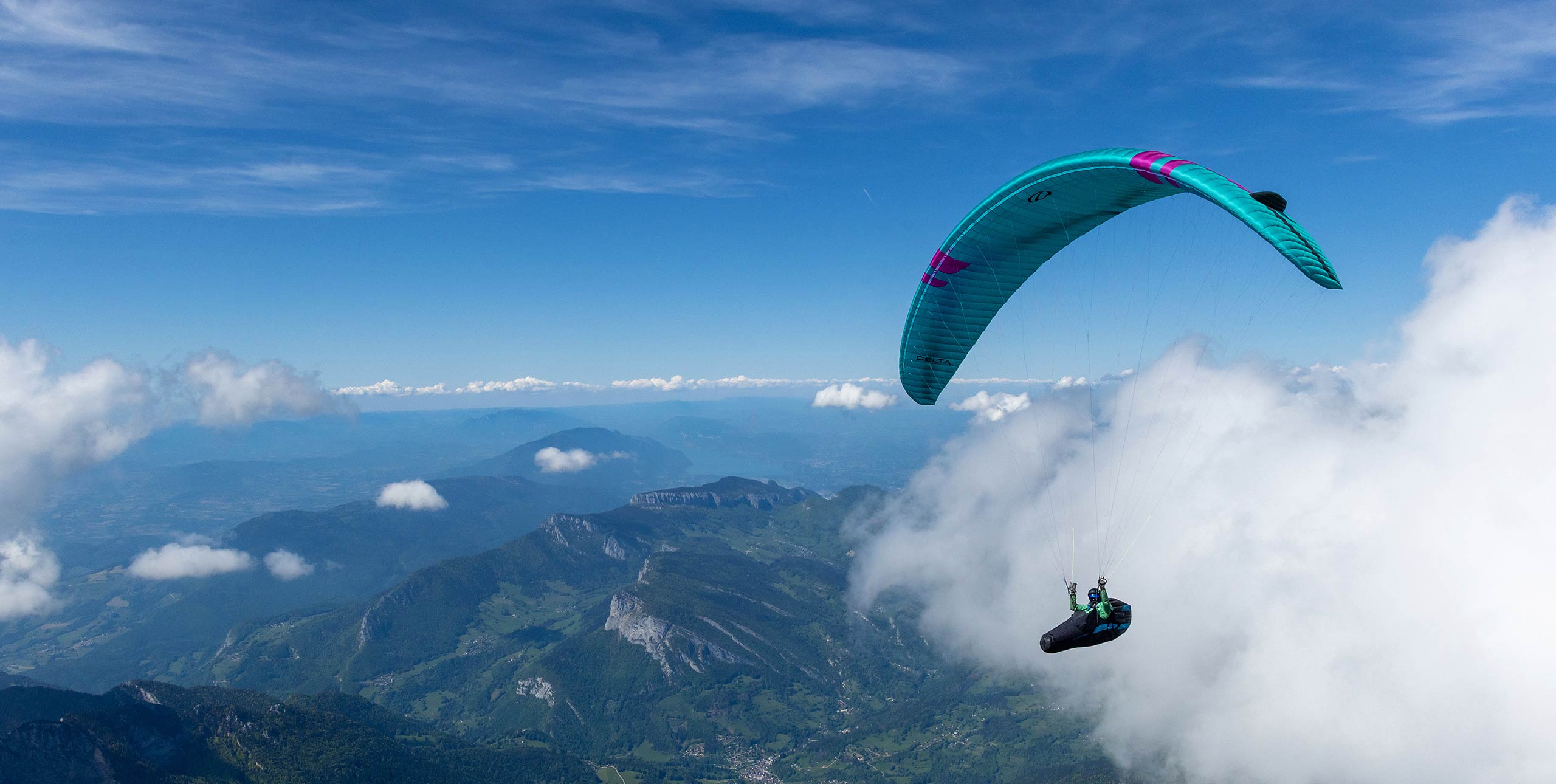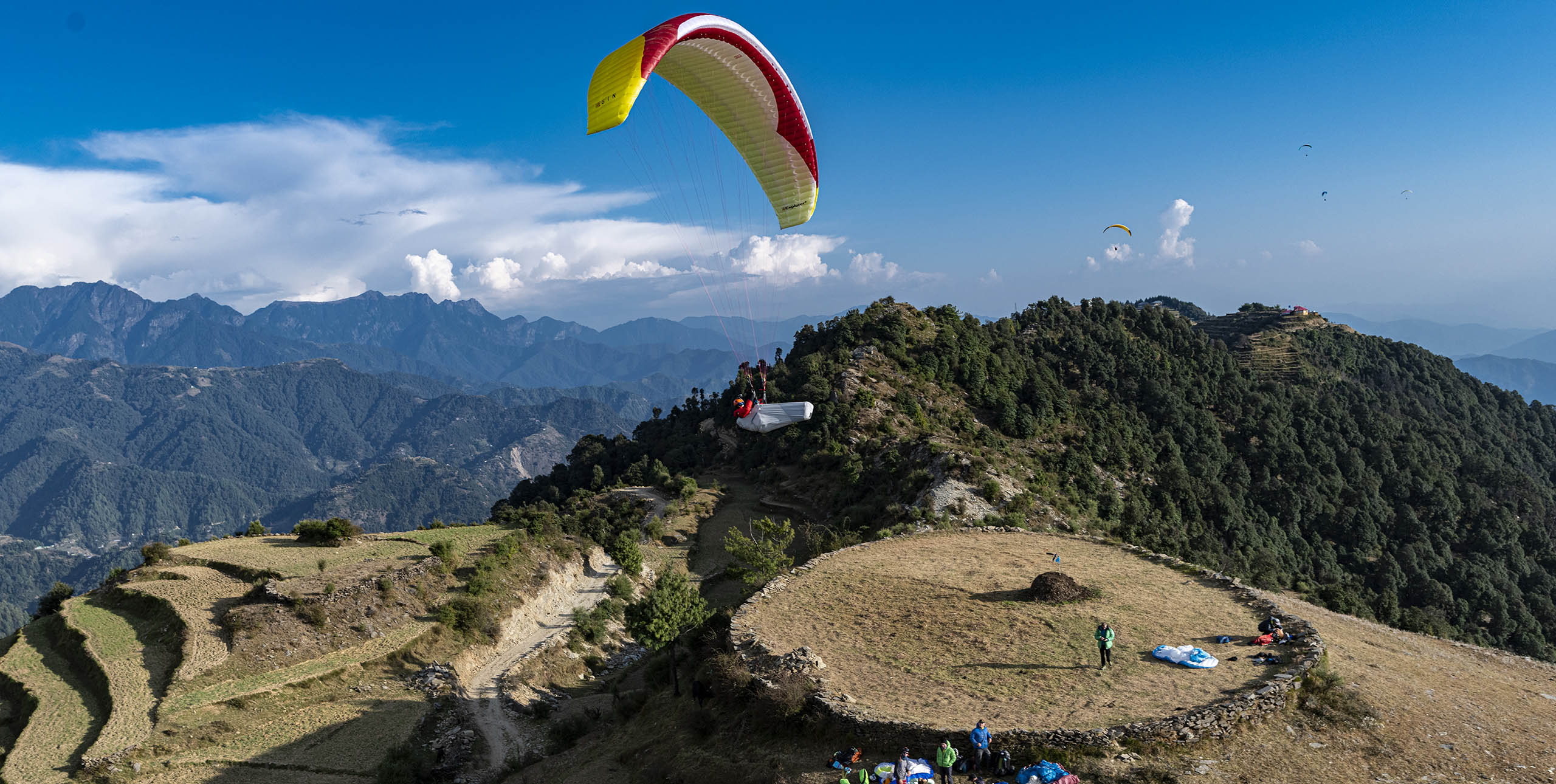
Guide to Bir, India
15 September, 2019- Fly the front ridge of the mighty Himalayas – or back into the big peaks.
- Soar to Dharamsala with huge Himalayan griffon vultures
- October to November gives reliable thermalling, March-April for stronger conditions
- See monkeys, golden temples, and Buddhist monks on motorcycles
WHY GO?
A choice of easy or committing mountain flying, with a dazzling array of ancient cultures.
WHERE IS IT?
WHAT’S IT LIKE?
Bir offers a fantastic and relatively safe introduction to flying in the biggest mountains of the world in an adventure that immerses you in one of the most diverse and fascinating countries and culture on the planet.
Bir is a small Tibetan colony that sits at the bottom of the first ridge of the Himalayas. The ridge runs continuously for almost 100 km and offers a great out-and-return adventure on even a half decent day.
Take off is a 40-minute taxi ride away at a beautiful grassy meadow served by a chai shop where food and refreshments are available. Top landing is simple, but nevertheless take care as you wouldn’t be the first to crunch in a bit too hard. Some Indian hospitals are as appealing as a dose of typhoid and to be avoided as much as possible – although the big cities have top-class facilities.
The main route heads west, with a choice of soaring the higher back ridge or hopping spine to spine along the front. Every flight is accompanied by a flock of vultures who peer curiously at you and your wing.
Behind the main ridge the high mountains glisten and gleam, painting the horizon with an inspirational backdrop, reinforcing the feeling that you’re flying in the Himalayas.
Most pilots head west towards Dharamsala (50km away). Whether you make it that far or not, you can ride the afternoon westerly back to Bir with much greater ease than the journey out.
The landing in Bir is often crowded with kids all keen to pack your wing for a few rupees, then it’s a two-minute stroll into town for a chai or a beer and a bite to eat.
FLYING CONDITIONS
Classic mountain flying in good thermals that form on almost every spine, with a cloudbase that’s normally around 4,000 m, but often drops during the day as the moister air from the plains is drawn in. The plains out front are stable and harder to fly in.
Heading northeast towards Manali offers fantastic but committing flying in high mountains with difficult retrieves on foot or by mule.
WHEN TO GO
Pre-monsoon in March – May when it’s stronger, higher, but less reliable.
Post monsoon in October – November when it’s more stable but very consistent.
ALTITUDE
Cloudbase: 4,000-5,000 m
Launch: Billing 2,428 m
Landing: Bir 1,525 m
MUST BE FLOWN
Dharamsala and back for a simple but satisfying 100 km out-and-return.
Cross the high mountains to Manali – wild and committing, but a flight of a lifetime.
Flying “into the back” is increasingly popular, but comes with added risk. Going down here can mean a long, multi-day walk out. If you do go into the back range, watch that the front range doesn’t cloud over and stop you from getting back to Bir safely.
DANGERS AND ANNOYANCES
Overdevelopment has led to several accidents here with pilots going missing. Treat big clouds in Bir with great respect.
Don’t over fly the Dalai Lama’s residence in Dharamsala, and the soldiers at the Yol military base nearby get a bit shirty if you land there.
Be very careful going over the back as the terrain is committing with gorges, big walkouts and often strong valley winds.
Altitude can be an issue if you go over the back on a day when cloudbase is at 5,000m. No one flies with oxygen here as the usual flying range is 2,000m-3,500m, but stay alert for signs of hypoxia and cold/hypothermia when flying high.
There have been several instances of pilots getting lost and never found. Use a satellite tracker like Spot or InReach, buddy-up and tell people where you are going. Helicopter rescue is expensive and not like the Alps; it is often impossible to arrange quickly or at all.
Athough Bir has grown in popularity – you can easily find 200-300 pilots on launch in peak season – and attracts many low-airtime pilots, it is a serious site that deserves respect. Fly these mountains as you would any other mountains, and always give yourself a margin when planning big days.
ACCOMMODATION
There are lots of lodges, local rooms, hostels and small hotels in Bir, many catering to pilots in season. Check out Booking.com for the best deals.
GUIDES AND COURSES
Lots of guides run courses in Bir, for example check out Sky Summits.
Several specialist guides offer vol-bivouac courses, for example take a look at Kinga Masztalerz’s page.
TAKE THE FAMILY
Trekking, horse riding, hot springs, monasteries and temples and all the other cultural experiences India has to offer.
RAINY DAYS
Visit Dharamsala or wonder at the temples and monasteries nearby.
WEATHER INFO
Unlike most other mountain sites, cloudbase here can drop during the day on the front ridge. This is because moist, warm air is drawn in from the plains. The result is you can find cloud forming below you. Watch for that.
Conditions on the front range typically follow a daily pattern of early thermals in still air, followed by a breeze developing from the west. This means the push west towards Dharamsala gets windier as you get closer. Watch for turbulence in the lee of the spines and spurs. Once you have reached Dharamsala and turn around, the wind is behind you, giving you an easier cruise home.
GETTING THERE
The simplest way for international visitors to get to Bir is to take a SpiceJet flight from Delhi to Dharamsala (60 minutes) and then take a taxi (90 minutes) to Bir.
You can also take a bus from Delhi to Mandi (14 hours) then transfer to a local bus or taxi to Bir.
Or take the train to Pathankot followed by a four-hour taxi ride or local bus.


